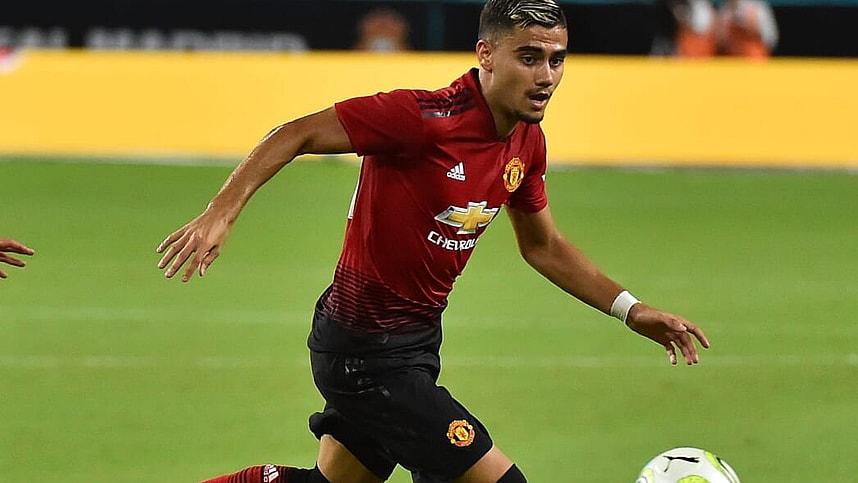
I’ve been a Yankee fan all my life and grew up actively watching both the Jets and Giants. But my introduction to the world of German soccer was… interesting to say the least.
It was during the 2006 World Cup. I had wandered in to find my dad watching Germany in the round-robin stage of the tournament. A young up and coming midfielder by the name of Bastian Schweinsteiger were making his World Cup debut for his country. I heard that Schweinsteiger translated into English was “pig wrestler” and that he played for Bayern Munich of the Bundesliga. Hearing the translation, I proclaimed “THAT’S COOL!” and kept a close eye on the career of the future captain of the German National Soccer Team (Die Mannschaft), from Bayern Munich to Manchester United, to Chicago FC of the MLS. But by this point, I was such a huge fan of Bayern Munich that I kept following the Yankees of the Bundesliga.
With the return of the Bundesliga, including a 2-0 victory over Union Berlin by Bayern Munich, the future of American sports was fully on display in the time of the coronavirus pandemic. Here’s what we can expect.
Testing, Testing, Testing!
When Germany announced that the Bundesliga was returning, testing was a paramount prerequisite. shortly before the season resumed, 10 confirmed Bundesliga players and personnel tested positive for the coronavirus. While it seemed jarring for many, all 10 confirmed cases were asymptomatic, meaning they showed no symptoms. The three players were immediately put into isolation, and the team they played for were all closely monitored before being cleared to play this weekend.
Germany currently has a testing capacity of 860 thousand tests a week, which more than covers the 25,000 tests needed to complete the season. They currently test the players the day before a match, and at one other point during the week. The US will need to up. their game, as the country is currently at a 300 thousand tests a week capacity, and the frequency of testing needs to be determined/revealed for MLB, the NBA, NHL, and the impending NFL season, as well as necessary testing for our college athletes, should a college sports season occur.
No Fans Improve Social Distancing
Players and personnel were under strict social distancing protocols. Soccer teams tend to go out on the pitch together, shake hands, and tackle each other in goal scoring situations. Under the new Bundesliga format, teams got on the pitch individually, no formal handshaking, and they merely tapped elbows. And when they are on the bench, everyone wears a mask, and have to sit 6 feet apart. Your average bench and sidelines in American sports don’t offer that much room to be socially distant. Neither does a soccer bench.
Well, since the stands were empty, the players sat in the stands.
No Fans Is the Most Jarring
These German soccer stadiums fit 80 thousand plus fans. It’s comparable to the average capacity of a college football stadium. But imagine those big rivalry games played to empty stadiums during the college football season.
To continue to curb spreading the disease any further than its spread, going to sporting events for these games will be nearly nonexistent until some point next year. Hearing how much of an impact crowd noise has on a game does take a lot of time to get used to. After this weekend, I’m not completely used to it yet. Whether or not certain leagues follow through on pumping crowd noise into the stadium, it’ll be hard to replicate that feeling of crowds actually being there.